Are You a Winner or a Loser?
In Good Times or Bad, How Do Businesses Sustain Growth and Ensure Success?
Even though the many conversations that I am having with business owners during the current lockdown are centred around survival and preparing for the ‘other side’, the main themes from these discussions are as relevant during these trying times as they are when sustaining business growth and success during normal times.
Of these main themes, there are two I’d like to highlight with you and how successfully you understand, get a grip of and take action on these two things will result in whether you fall into the winners’ enclosure, or into the losers’ camp.
FIRST IS COMPLEXITY
Bain & Co. said in a 2017 paper looking at the factors of successful and failed growth in business, that “Complexity is the silent killer of growth.” [1]
Increased complexity, especially in growing businesses, is a killer. As a business grows, the team spend more and more time managing themselves, rather than their clients.
New management layers and processes emerge that were once handled simply by a founding individual. The person who used to do that job as part of their original role, is now further away from that task than ever before.
Communication takes on a whole new meaning, with new groups, hierarchies and teams, each bringing their own fiefdoms and opportunities for further complexity. Meanwhile the very thing you set out to do originally is now not the thing you think about the most and spend the most time doing.
That’s not good for your business and it’s not a way to achieve sustainable growth, which is the key to winning long term.
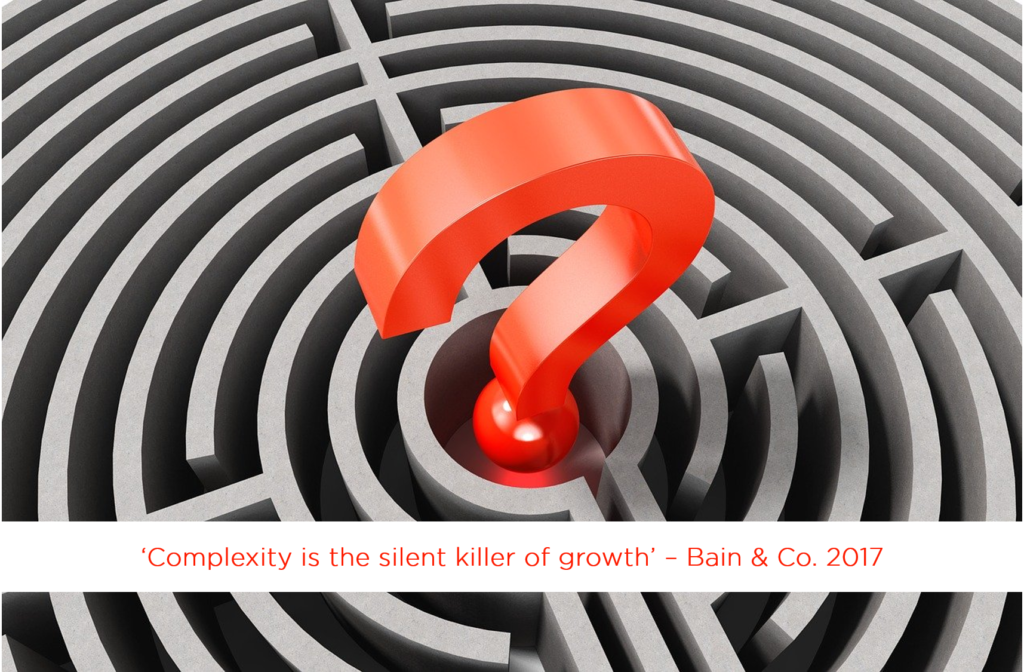
Image by Gino Crescoli from Pixabay
As the complexity grows, and hopefully your success continues, how do you know the success your teams are having is because they are working together, or in spite of them working together?
What does complexity look like in your business? Is it a silent killer?
SECOND IS CULTURE
To achieve sustained growth, businesses need to be on top of the effect culture has on a business, its brand and its people today.
No more is this evident than in the battle for talent. That’s retaining and recruiting the best people available for the job in your company.
According to the 2018 Randstad Employer Brand Global Report [2], there is a definitive shift in employee and candidate attitudes. They want more than an attractive salary and benefits. Even though those things are still at the top of the list, that list is now much longer.
More and more it’s the intangibles, like a company’s purpose and culture that’s playing a huge role in attracting and keeping the best talent.
A clear and strong business culture is a huge asset in this battle.
As Peter Drucker once famously said [3],

Image by StockSnap from Pixabay
“Culture eats strategy for breakfast.”
He didn’t mean that strategy wasn’t important but rather that a powerful and empowering culture was a surer way to organisational success.
Successful business focus has changed over the years.

Trying to keep on top of markets, products, customers and of course, employees has always been part of being successful.
But we now face our second, probably biggest, global recession in 12 years on the back of the pandemic.
No-one knows exactly what the future is going to look like, but we can look to the recent past to get an idea. The previous “crash” created winners and losers. So, what was it that successful businesses did coming out that crash?
WINNERS AND LOSERS
A recent Harvard Business Review article [4], written by Anthony, Trotter & Schwartz, looked at the top 20 business transformations of the last decade.
They concluded that whilst there were clearly some sound commercial decisions made, including areas like diversification, “the decision to infuse a higher purpose into the culture, one that guides strategic decisions and gives clarity to everyday tasks, had propelled these companies to success.”
However, it also identified that central to changing or aligning more strongly to the mission called for a change of culture, but that the biggest barrier to transformation is quite literally “changing the way we’ve always done things.”
You must create ownership and belief in the greater purpose from all of your people if you are to be one of the survivors, let alone a winner.
I don’t use the “Survivor” word for pandemic effect either. No, it was already tough for businesses in many markets before all this.
Just 4 years ago McKinsey predicted that 75% of S&P 500 companies would have disappeared [5]. Today, the average lifespan of a company is just 10 years.
Spookily 62 years ago it was 61 years…with recent events what will that figure look like now?
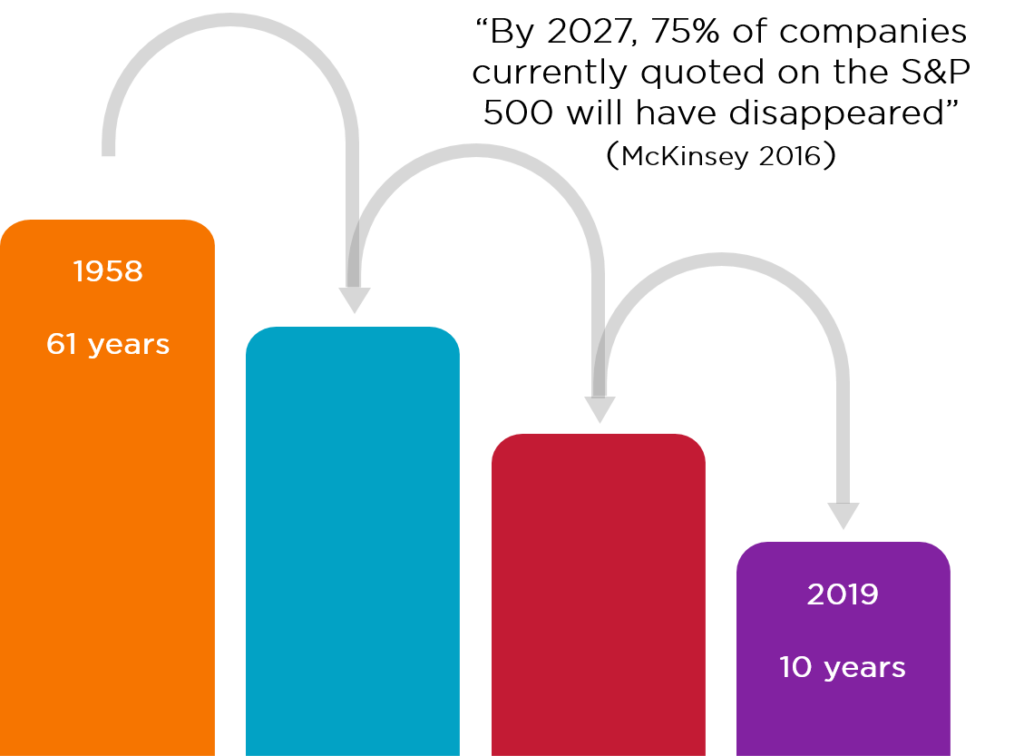
THE RIGHT BALANCE OF COMMERCIAL AND CULTURAL DYNAMICS
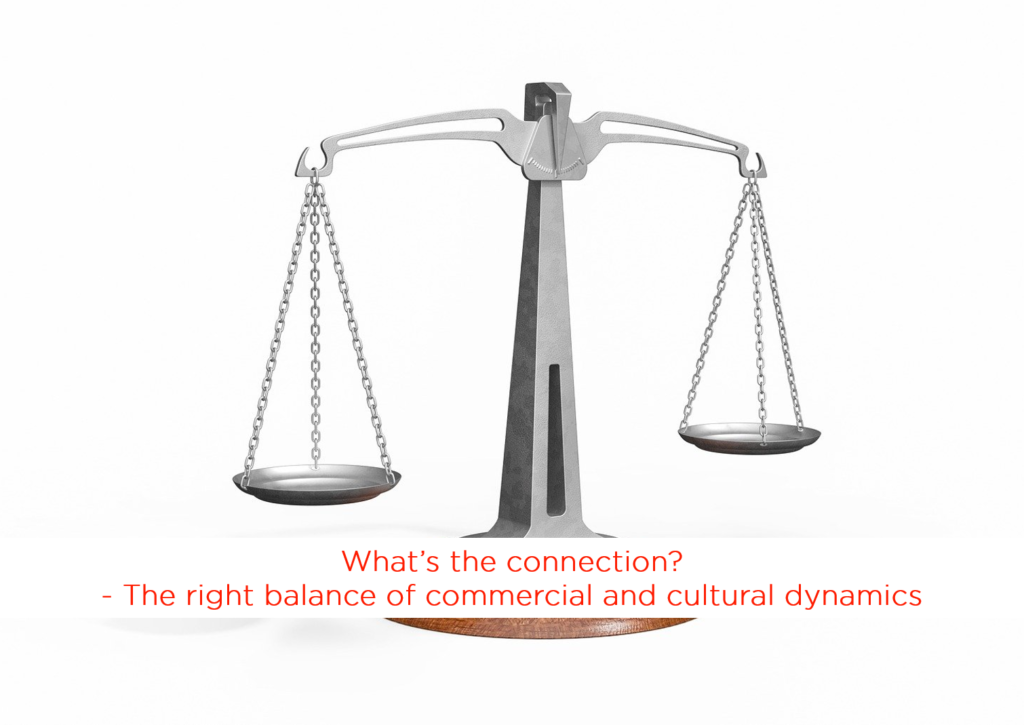
Image by Arek Socha from Pixabay
So, the “Red Thread” running through these two challenges, is the balancing and harmonising of the commercial and cultural aspects of your business.
This is something that sounds obvious, but really doesn’t happen everywhere. Don’t be deceived that the cultural bit is about being nice and fluffy and can take a back seat. No.
This is about recognising the environment that works best for the people in your business to make your business successful – and ruthlessly sticking to that and not making “allowances” for certain people.
This is about combining commercial and cultural greatness for continued, sustainable success. But it is also about having the commitment and conviction to consistently see it through. Business is a truly human endeavour and having a positive team culture makes for happier employees.
Happy employees will have a profound impact on your customers and ultimately your company’s success. Balancing great culture with commercial awareness is the real secret to these companies reducing complexity and being continually successful.
However, businesses don’t always manage to achieve this balance. I passionately believe, this is mainly because businesses tend to concentrate on either commercial or cultural programmes. It’s often deemed too big to do both.
History has shown, the reality is they should work in harmony through the work that your teams do and the environment you create for them to work within – reducing complexity and fostering natural, empowering teamwork and accountability.
WHAT CAN YOU DO?
So, coming out into the “new normal” presents us all with a new opportunity to reset our businesses on the balanced commercial and cultural foundations of sustained growth. When you get this balance right the results are clear.
But how do you truly know what needs addressing? What is working and what’s not? Where on earth do you start?
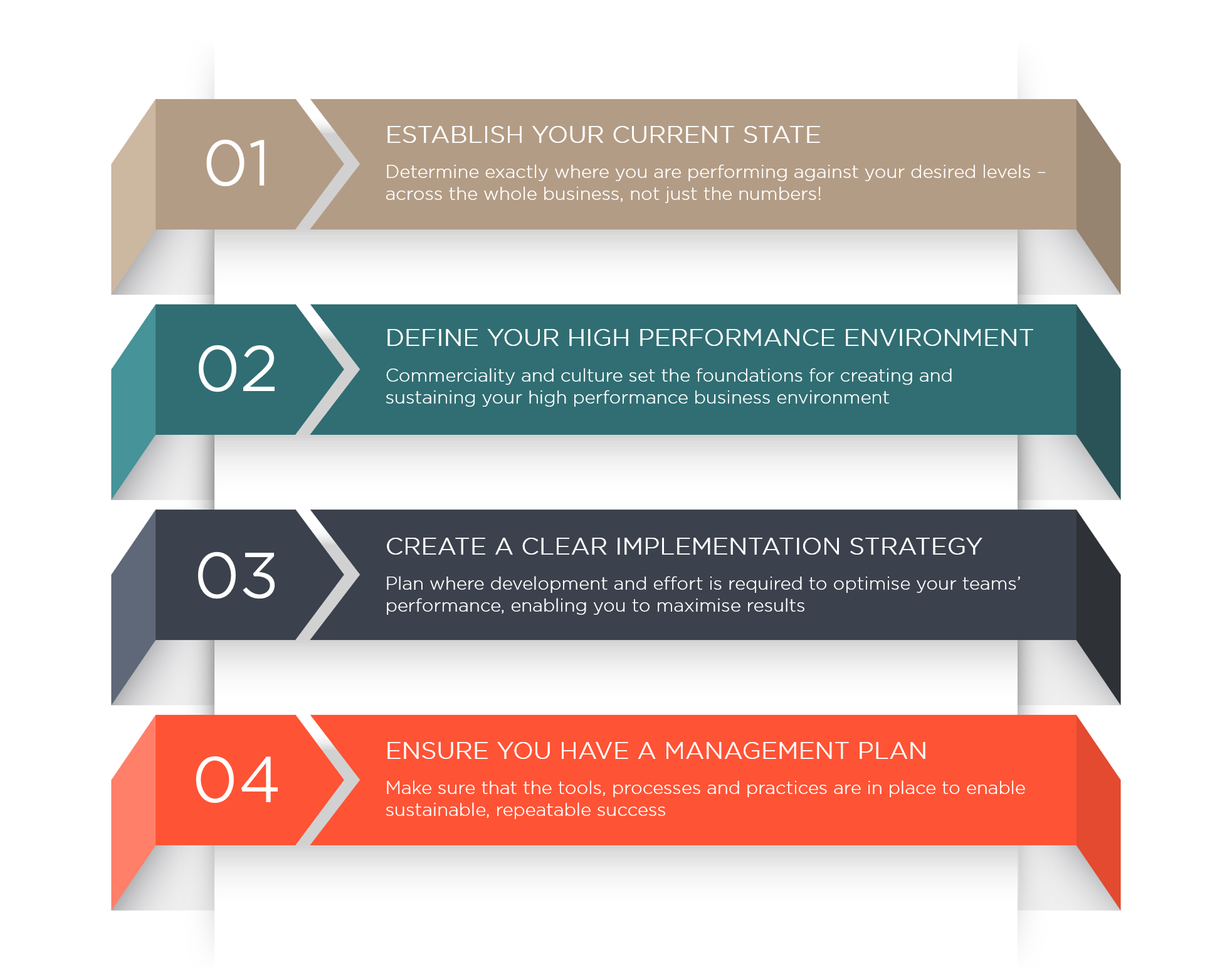
When you commit to harmonising the commercial and the cultural you will have unlocked the secret to being one of the new winners and well on the path to continued and sustainable success.
If you would like to learn more about how Wingman can help you with both the commercial and/or cultural sides of your business, please get in touch.
Acknowledgment:
We would like to thank Andy at Bizjuicer for his contributions with this post and for sharing our passion for making businesses more successful by connecting strategy, purpose & values, and culture to your people. You can check out his website - bizjuicer.com - or connect with him on LinkedIn
Sources:
- https://www.bain.com/insights/killing-complexity-before-complexity-kills-growth/
- https://workforceinsights.randstad.com/global-employer-brand-research-2018#:~:text=In%20the%202018%20Randstad%20Employer,an%20attractive%20salary%20and%20benefits.&text=the%20attributes%20job%20seekers%20value%20most%20in%20a%20company.
- https://quoteinvestigator.com/2017/05/23/culture-eats/
- Harvard Business Review - The Top 20 Business Transformations of the Last Decade by Scott D. Anthony, Alasdair Trotter, Evan I. Schwartz
- https://www.mckinsey.com/business-functions/organization/our-insights/six-building-blocks-for-creating-a-high-performing-digital-enterprise#
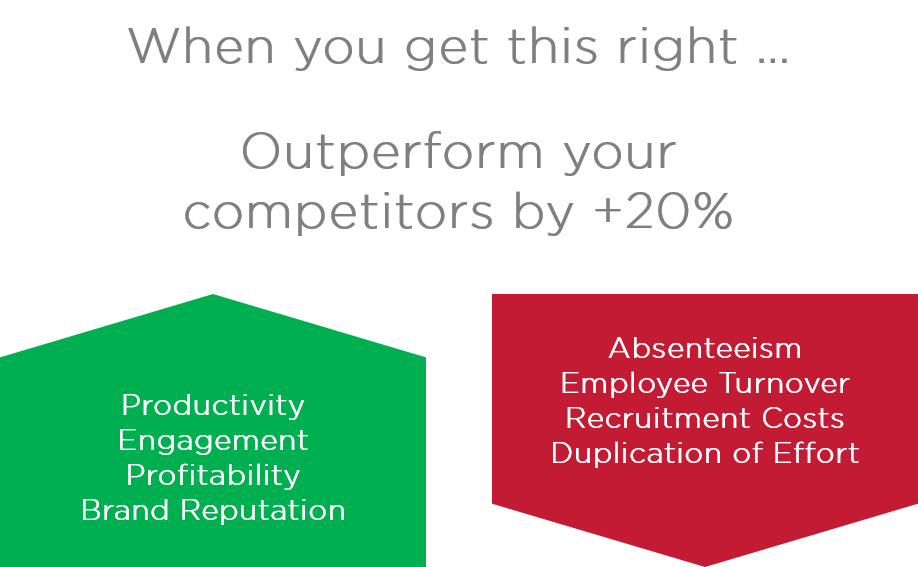
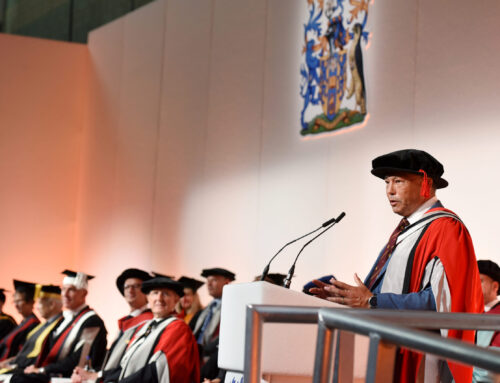
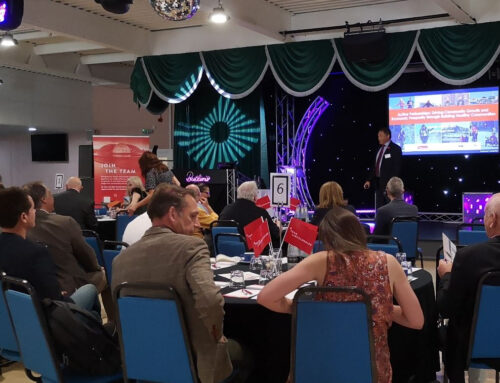
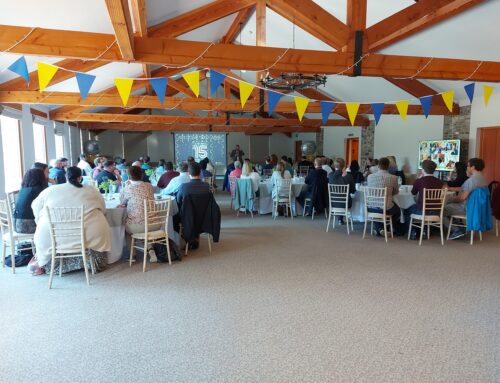
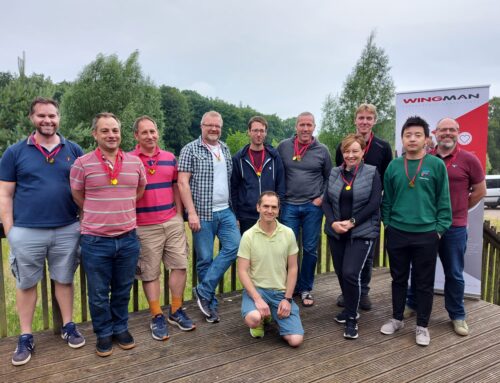
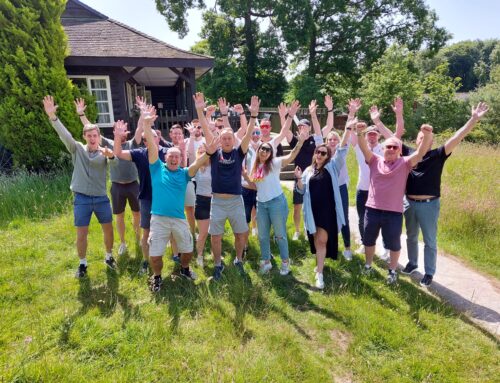
Leave A Comment
You must be logged in to post a comment.